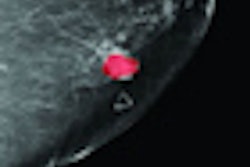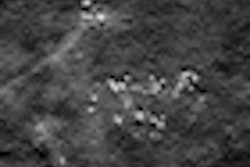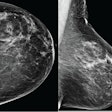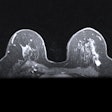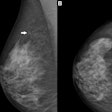Dear AuntMinnie Member,
Concerns over radiation from medical procedures appear to be crossing over into the realm of hysteria. Mammography facilities across the U.S. are being bombarded with requests from women for thyroid shields during routine breast screening procedures -- a protection that experts believe is unnecessary.
Meanwhile, at a California hospital, a pediatric department was temporarily relocated after staff members expressed the belief that their thyroid problems might be due to "radiation leaks" from the radiology department. Follow-up checks found radiation levels to be normal.
What's behind the sudden panic? The immediate source appears to be an email that went viral in March about thyroid protection advice proffered by television health personality Dr. Oz (the "Dr. Oz Show" is airing a segment tomorrow in an effort to clear up the issue).
But also feeding the frenzy is a perfect storm of bad publicity regarding radiation, with headlines trumpeting radioactive fallout from Japan melding with stories of accidents and overdoses during diagnostic and therapeutic radiology procedures. While this month's controversy may eventually get resolved, it may have dealt a setback to efforts to reassure the public about the safety of medical radiation. Read associate editor Cynthia E. Keen's story on the controversy by clicking here.
In other women's imaging news, Dutch researchers reported disappointing results on the effectiveness of mammography to find cancer in the contralateral breast in women with cancer detected at screening. They found that mammography only had 19% sensitivity in this scenario.
What's behind the poor results? It could be a combination of factors, ranging from the reading habits of radiologists to the well-known shortcomings of x-ray-based mammography. Learn more by clicking here, or visit the Women's Imaging Digital Community at women.auntminnie.com.
Vintage x-ray fan explores radiology's roots
A few weeks ago, we described the story of Dutch researchers who fired up a 115-year-old radiography machine to learn more about medical imaging's earliest moments. This week, staff writer Nicole Pettit revisits the topic of radiology's roots with a story on a Florida man who collects vintage imaging and therapy equipment.
Jeff Behary has been collecting antique x-ray machines for years, and even maintains the equipment at his Turn of the Century Electrotherapy Museum. Read all about it -- and view some amazing images -- in our Digital X-Ray Community, or by




